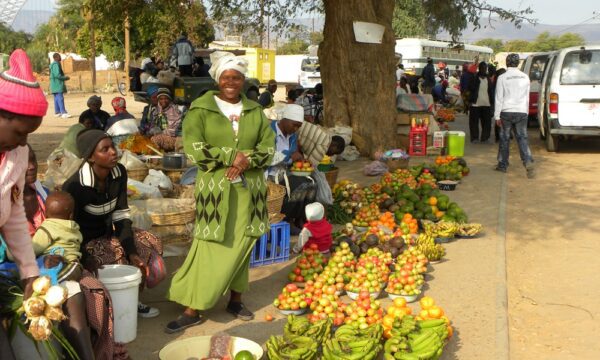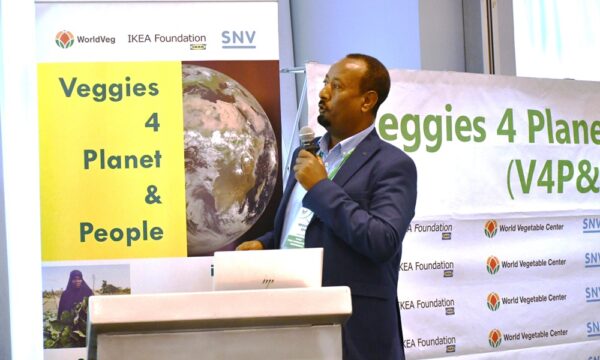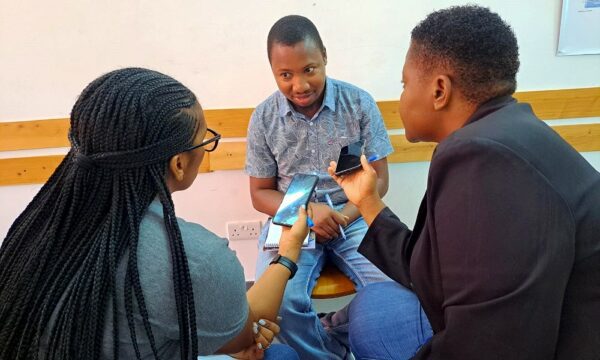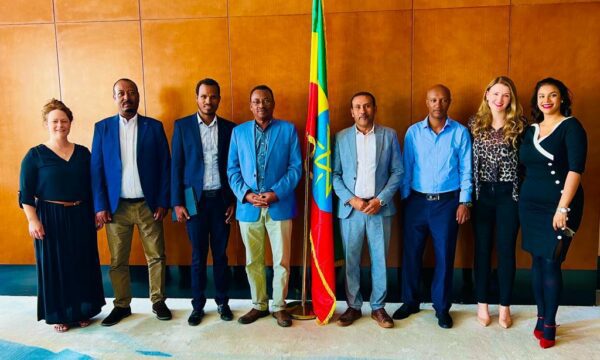
CABI has been ‘road testing’ digital tools to help strengthen maize productivity in Tanzania, Ethiopia and Rwanda as part of the GAIA dashboard which is being developed by the International Maize and Wheat Improvement Center (CIMMYT).
Henry Mibei, CABI’s Manager, Digital Development, visited Dar es Salaam and Dodoma in Tanzania to conduct user testing on the Guiding Acid Soil Management Investments in Africa (GAIA) dashboard which aims to address key knowledge gaps related to soil health and improved agronomy.
The GAIA dashboard will assist both public and private sector actors to target investments in building agricultural lime value chains in Tanzania, Ethiopia and Rwanda and is part of a project funded by the Bill & Melinda Gates Foundation (BMGF).
The GAIA dashboard is a graphical user interface that provides a characterization of the magnitude and spatial distribution of soil acidity in sub-Saharan Africa.
It is based on cropland area, rural population, and value of agricultural production affected and spatially explicit information on the likely returns to agricultural lime investments by farmers.
One major reason why maize productivity in sub-Saharan Africa is very low is poor soil health. Soil acidity is often mentioned because of its impact on crop yields and the extent of acid soils in the region.
Soil acidity significantly affects maize yields. In Ethiopia, for instance, studies have revealed substantial impacts on crop productivity related to acid soils and the importance of acid soil management for Ethiopia’s food security.
In a blog published by CIMMYT, The Ethiopian Institute of Agricultural Research (EIAR) estimated that soil acidity on wheat production alone costed the country over 9 billion Ethiopian Birr, about $300 million per year.
To improve acid soils, farmers may apply lime on their fields to raise the pH, a practice known as liming.
How much lime to apply will depend on the crop, soil type but also on the quality of lime available. Liming has multiple beneficial effects like improving nitrogen fixation of legume nodules, boosting yields of legume crops.
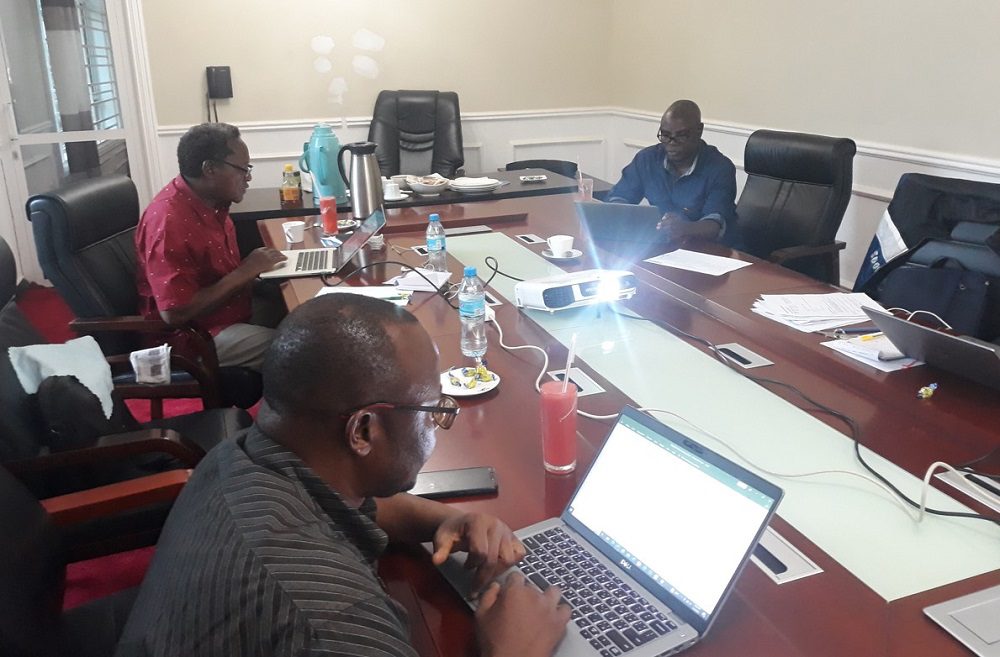
Participants from Tanzania Agricultural Research Institute (TARI) testing the GAIA dashboard (Credit: CABI).
Mr Mibei conducted the user testing after a top task survey was conducted between November and December 2022 to determine the most important tasks that users are likely to perform with the GAIA dashboard.
Mr Mibei said, “The users identified some areas that need improvement to make the dashboard more user-friendly. These include optimizing the content on the dashboard to ensure fast reports and speed up dashboard performance.”
The GAIA project, which is in its last year of implementation is guiding rehabilitation investments of acidic soils using soil data from Innovative Solutions for Decision Agriculture (iSDA) Africa, data generated from the project and combining agronomy, economics, social science and a business model in an integrated approach.
CABI is working the data management aspect of the GAIA project, facilitating and supporting the flow of data and supporting a strategy towards the sustainable flow and access of the outputs of GAIA.
As part of this, CABI was tasked to conduct user-focused research to understand how GAIA outputs can be translated into knowledge products and to support user testing of the GAIA dashboard.
Additional information
Main image: The GAIA dashboard will assist both public and private sector actors to target investments in building agricultural lime value chains in Tanzania, Ethiopia and Rwanda (Credit: Nihimbazwe Paterne for CABI).
Guiding Acid Soil Management Investments in Africa (GAIA)
You can find out more about the Guiding Acid Soil Management Investments in Africa (GAIA) project on the CIMMYT website.
Digital development
Through the creation and application of digital technologies, CABI brings science-based agricultural knowledge to millions of smallholder farmers helping to increase their yields. Find out more here.
Related News & Blogs

